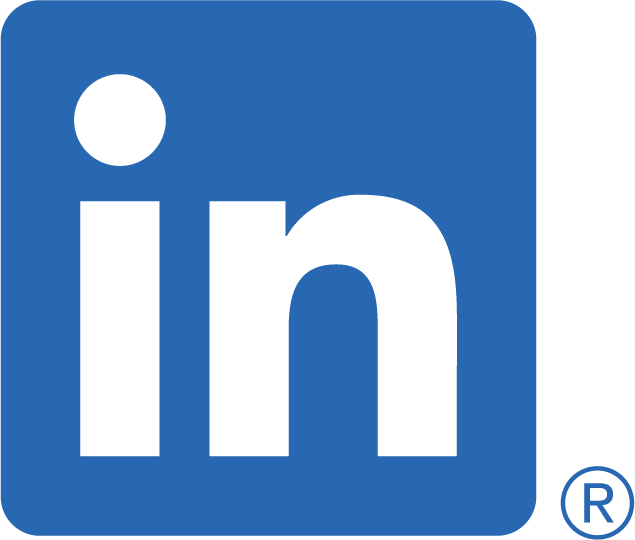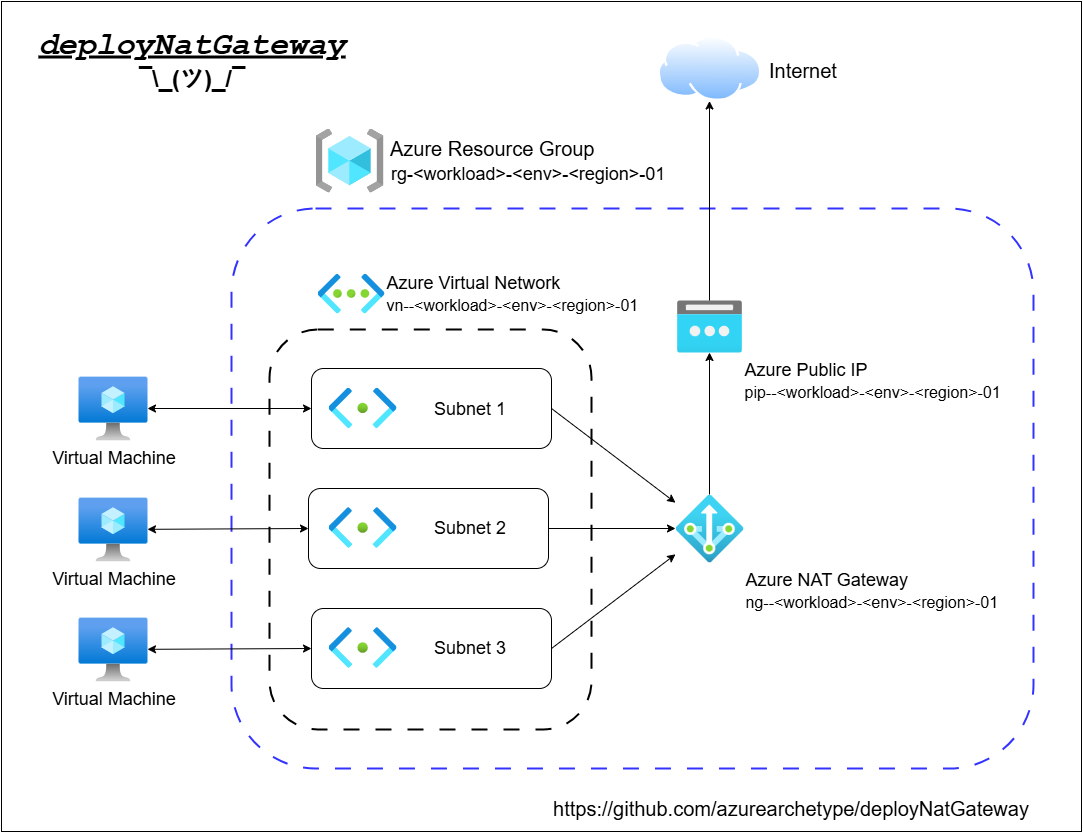azureArchetype
Home of all things Azure and AI




Sponsored by:
Productized Solutions Built Specifically for Partners
Join the deployNatGateway open forum
deployNatGateway
by Matthew
Why are we here?

In my first series as an aspiring blogger I wanted to write about something that would be a helpful solution to a current issue. So I chose the creation of an Azure NAT Gateway resource via a custom Azure template. I wanted this template to be deployed from a public GitHub repository and leverage a custom UI template file for user inputs.
Microsoft will retire the default outbound internet access for new Azure virtual machines (VMs) on September 30, 2025. After this date, newly created VMs will require explicit outbound connectivity methods, One of my recommendations being a NAT gateway.
This project had the following objectives:
- Deployment of a NAT Gateway resource by IaC (Infrastructure as Code)
- Explore the possibilities and limitations of custom UI definition schemas for a user interface when deploying a custom template.
- Leverage a public GitHub repository and use the ‘Deploy to Azure’ button functionality to create the NAT Gateway in the user’s tenant.
This last one is a bucket list item that I just wanted to understand how it all came together.
What’s the Deal with a NAT Gateway anyway?
Simply put, an Azure NAT Gateway is a fully managed service that provides outbound internet connectivity for virtual machines (VMs) in a virtual network (VNet). It performs Source Network Address Translation (SNAT), mapping private IP addresses of VMs to one or more static public IP addresses for outbound traffic.
The function of the gateway is to enable VMs in a subnet to access the internet without exposing them to inbound connections, ensuring secure and scalable outbound connectivity. It simplifies IP management, supports high-volume traffic, and provides consistent public IPs for whitelisting by external services.
A NAT Gateway could be preferred over a firewall for outbound internet access in these scenarios:
- Simple Outbound Access: Use for VMs needing internet for updates or APIs without complex firewall rules.
- Scalability: Handles high outbound traffic (e.g., web apps) with up to 64,000 SNAT ports.
- Cost-Effective: Cheaper than Azure Firewall for basic outbound needs, avoiding advanced security costs.
- Fixed IP for Whitelisting: Provides static public IPs for external services requiring predictable IPs.
- Outbound-Only Needs: Ideal when VMs don’t need inbound connections, ensuring simplicity.
- Low Maintenance: No firewall rule management, perfect for dev/test or non-security-critical workloads.
Use of a firewall in place of a NAT gateway would be more appropriate for advanced security, inbound traffic control, or compliance needs.
…and I don’t think it is necessary to go into why assigning a public IP directly to a VM is a bad idea, maybe that could be a future topic for a rant.
Let’s Do This
With all that, the deployNatGateway template is live at the following repo:
Check it out. It’s in alpha, but I wanted to get it out into preview. There has been some traffic on the social medias regarding the Azure NAT Gateway with various Azure announcements including the availability of Private Subnets and the impending September 30th deadline.
I am hoping to have GitHub Discussions online here soon for feedback and comments, but in the meantime reach out and let’s do something collaborative.
Pro Tip
If you have an existing AVD host pool configured with ‘autoscale’ enabled, creation of new VMs to meet resource needs will be affected and not have public access to the Internet by default. Outbound traffic to the Internet will need to be explicitly defined. Deployment of a NAT Gateway just might be the ticket to avoid a bad day and most likely will improve your user’s desktop experience.
What’s Next
On my upcoming posts for this series, I will cover the process of building the main template, my shattered expectations about creating a really cool Azure UI with dynamic resource lookups, and how awesome of a platform is GitHub anyway. Lastly, I will have some thoughts as to why this solution is probably better served up as an ‘agent’ in today’s world.
📚 More in this series
-
Part 1: - theInception
← You are here
Jul 29, 2025
-
Part 2: - templateDevelopment
Aug 02, 2025
